Consumers Energy, Michigan’s largest energy provider, powers the lives of two-thirds of Michigan’s residents every day, via electricity or natural gas when they need it.
Behind the scenes, technological advancements play a radically different role to improve the service customers receive. With over $2B of investments annually to improve the gas and electric infrastructure, those advancements play a critical step in the construction work done to build and maintain the system that serves them.
Consumers Energy uses 3D modeling when designing generating planting, gas compression facilities, distribution assets and other projects to improve infrastructure. In the past couple of decades, major forward steps in computer modeling enabled Consumers Energy to easily create precise tasks for employees in the field, giving them the most accurate look at the complex work they need to perform.
Contrast this with generations ago, when work orders, maps and other information were drawn by hand—offering employees a good, yet admittedly rough, picture of the work conditions they’d face. Employees did their best with these hand-drawn materials, only to sometimes discover out in the field that everything wasn’t right. With 3D modeling, corrections can be made in the computer model before a single shovel enters the ground. This modeling can also incorporate time and resource requirements, to better plan and track the work.
“With 3D modeling, corrections can be made in the computer model before a single shovel enters the ground.”
Thanks to technology advancements, information moves freely and immediately in both directions. Consumers Energy employees can enter and keep track of information in real time. Whether they’re standing on the reservoir wall at the Ludington Pumped Storage plant or in a ditch next to an underground natural gas pipeline in Royal Oak, they can use mobile devices to update or draw insights from project information. This means reduced phone calls, emails or waiting for others to respond with help. Data—and the ability to act on it—is right in the employees’ hands.
The focus on employee efficiency may occasionally seem abstract, yet it produces real benefits. Technology plays a tangible role in helping employees stay safe, such as when drones perform challenging work like maneuvering inside and around power plants for inspections at difficult to reach locations or assessing the condition of power lines.
Technology also helps Consumers Energy assess the condition of its gas transmission lines, through inline inspection tools such as the Electro-Magnetic Acoustic Transducer. Using sound waves, the EMAT detects extremely small cracking in pipeline walls, along with disbonded coatings or areas where the protective coating is no longer adhered to the pipe wall—an issue previously undetectable with other tools. Advances such as this provide a more comprehensive assessment of existing infrastructure and help evaluate and predict where repairs or upgrades may be needed.
Through modern design techniques, Consumers Energy has been upgrading its Ludington Pumped Storage plant, resulting in an increase in the plant’s efficiency by 7% and capacity of 15%. This means producing more clean energy for customers at a lower cost. Not everyone needs to be an engineer or an expert to understand the depth of the role improving technology plays
“This means producing more clean energy for customers at a lower cost.”
for an energy provider. The technological advancements embraced by Consumers Energy are a prime example of how technology constantly changes work needing to be done. Customers expect companies such as Consumers Energy to provide energy more affordably, reliably and safely than ever—and changes in technology will help get the job done.
By Dennis Dobbs, Vice President of Enterprise Project Management and Environmental Services for Consumers Energy.
This article was originally featured in The Source.




